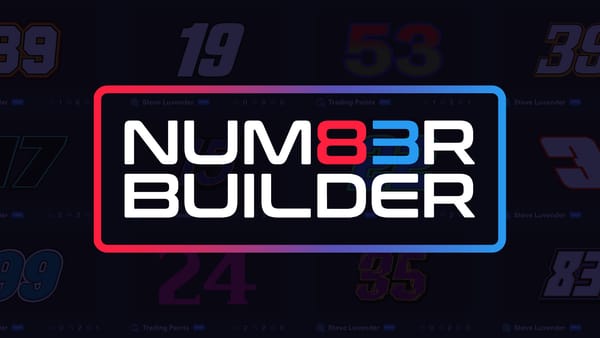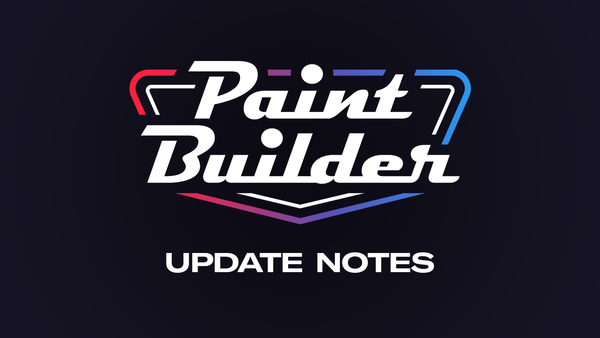Artist Spotlight: Michael Miceli
All it took one a single trip to Charlotte, North Carolina to send one designer from the world of retail packaging to a race car that can carry those same brands and colors in a whole new way.

A New Jersey-based designer linked up with a then-unknown New Jersey-based NASCAR Busch North Series driver in 2002. Twenty-three years later, the designer known as RaceArtist is still at full speed.
1️⃣ How did you get your start designing?
I’ve always excelled in art in general. In high school my goal was to combine that with my interest in sports. As a fan of more traditional sports, racing was not really on my radar. I would do pencil illustrations of various athletes, mainly. I’d take requests from classmates, I’ve sold some, and even won awards. It was fun for a few years. But, I struggled to combine art and sports much beyond that and had no real plan after high school. During my senior year, the father of a friend hired me as a designer for his business and I focused on retail packaging and displays. I learned on the job, but it was not very fulfilling. I still wanted to work in sports several years later.
2️⃣ Where do you turn for inspiration?
Often, when I have a new project, I’ll look over company websites or social media. It’s how I get a feel for what they do and to understand their brand, hoping something strikes me from that.
I have the marketing background from my retail days, and I found what works to attract a consumer there can translate to racing to help someone understand and engage with a product.

3️⃣ What project of yours are you most proud of and why?
It would be difficult to choose a project in 23 racing seasons for me personally. It’s more about my clients. What makes me most proud is to say I had a small part in designing a car for a driver that wins that first race in NASCAR or ARCA. Being able to be a part of their memory is fulfilling enough.

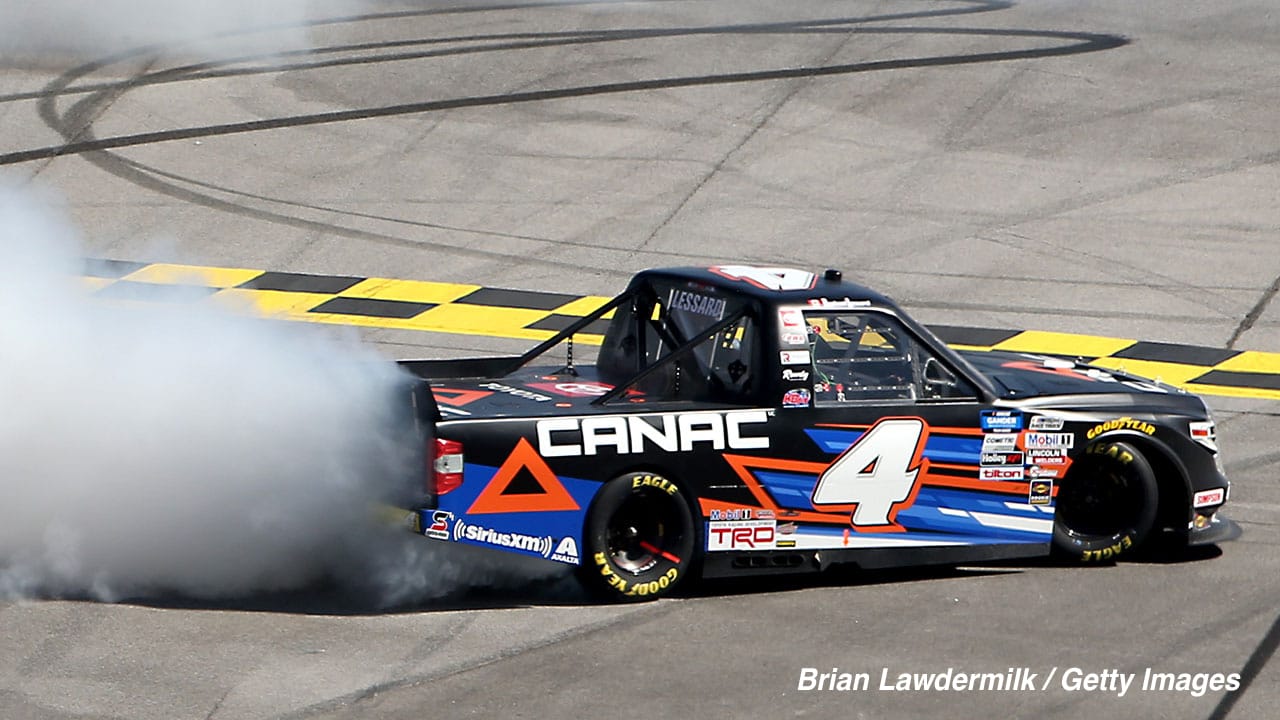
The first NASCAR victories for Brenden Queen (left) and Raphaël Lessard (right) came in liveries designed by Michael Miceli. (Images courtesy of Michael Miceli)
4️⃣ What’s your ‘trademark’ style that helps you stand out from other designers?
Attention to detail. Hopefully diversity in designs. Building files that are print-ready for vinyl companies is something I pride myself on and something that those professionals routinely compliment me on.
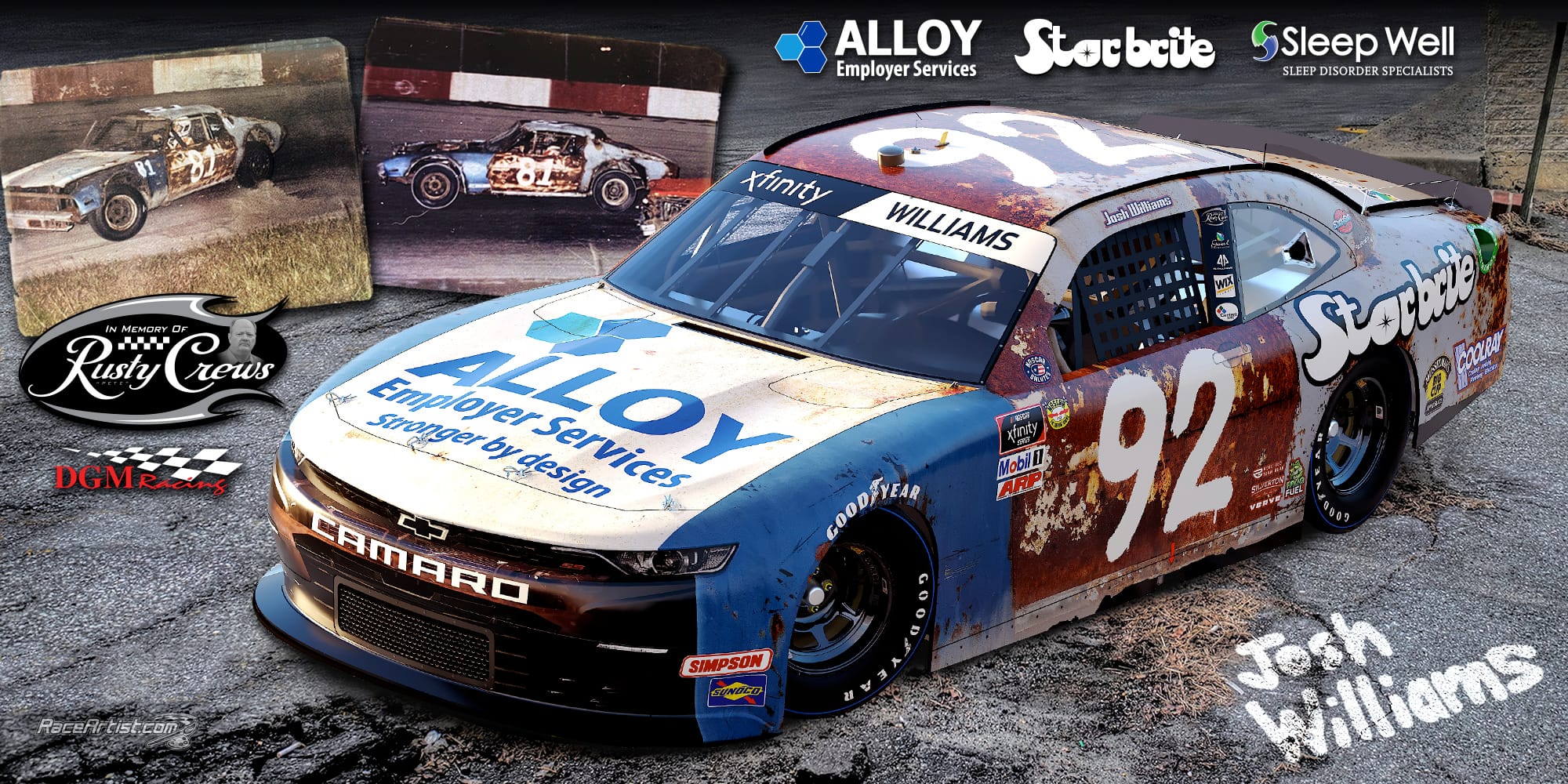
5️⃣ For a designer whose racing work is only a small fraction of their overall design portfolio, how did you first find racing as an opportunity to design in?
In 2002, a friend I grew up with was working for Fox Sports as a producer in Charlotte and I went to visit him. He took me to his workplace and a couple racing museums, including the Sam Bass Museum. It seemed neat so I started drawing NASCAR cars by hand and then on the computer.
I ended up doing some work for a then-little-known New Jersey-based NASCAR Busch North Series driver named Martin Truex Jr., and an unintended career path was forged. For the last decade, I’d say, racing is 90-95% of my business. That’s just how it’s worked out in recent years as the retail industry has changed so much with people ordering online instead of driving to a Target type of store and browsing aisles.

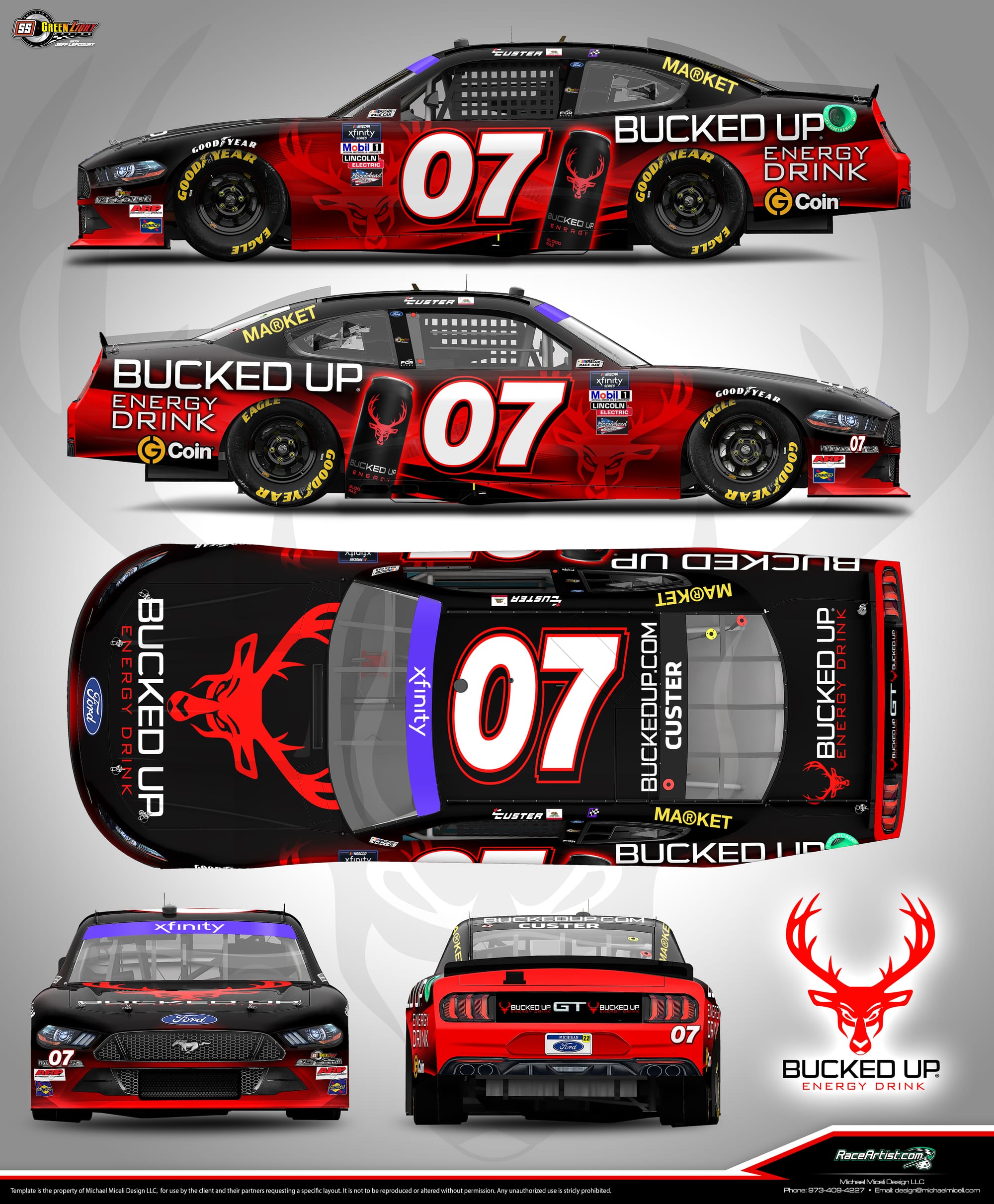

A single trip to Charlotte and to the Sam Bass Museum shifted Michael's gears from the world of retail to becoming a staple name among many teams in NASCAR’s top-three series. (Image Credits: Michael Miceli)
6️⃣ As someone who has spent nearly three decades as a freelance graphic designer, what are some of the challenges you’ve faced as technology and the design world has become more advanced?
It can be difficult navigating changes to various programs when you’ve learned one way and then have to learn another, which is why I got away from web development. I just didn’t have the time to relearn something that changed completely as it evolved.
I’m still feeling out the changes AI will bring; it may impact design significantly and probably has begun to. Recreating something that someone computer-generated to make usable wrap artwork is not ideal nor practical.
It’s not all negative, though. When I started, wraps were a luxury for teams. Most of what I was working on was layered contour-cut vinyl over paint. You couldn’t get nearly as elaborate as we’ve been accustomed to today. So, as the industry moved to wraps, that really opened things up from a design standpoint quite drastically. Now the possibilities are nearly limitless. Back in the retail days, I’d draw these 3D box displays on pallets with pencils and markers to show stores what they were ordering. The day we got 3D software was a game-changer and took a fraction of the time!
7️⃣ Many of your clients in the Xfinity Series will run Halloween-themed schemes every year, with original caricatures of creatures and even drivers. What inspires you to lean so heavily into the season and how do you convince a sponsor to get spooky?
Most of the time, they request a Halloween car. I’ve rarely suggested it, maybe a couple times. Perhaps a client is aware of what I did for someone else and decides to do one as well.
I do generally enjoy October/fall/Halloween. Sometimes clients will have an idea, but it’s usually my imagination running wild. What I like about it the most and what we’ve leaned into in recent years is coming up with a whole theme. Not only basic traditional Halloween elements, but have it tell a story or maybe even fit the sponsors’ business.
I enjoy the freedom of coming up with these wacky scenarios that have no place in a typical scheme. It’s a great avenue for my sometimes twisted sense of humor to work in those elements. Clients have been great embracing whatever outlandish ideas I come up with! Halloween lends itself to the peculiar, but we’ve done quite a bit of Christmas with the late models (like the Snowball Derby/Snowflake), show cars and the No. 51 NXS Thanksgiving car last year.
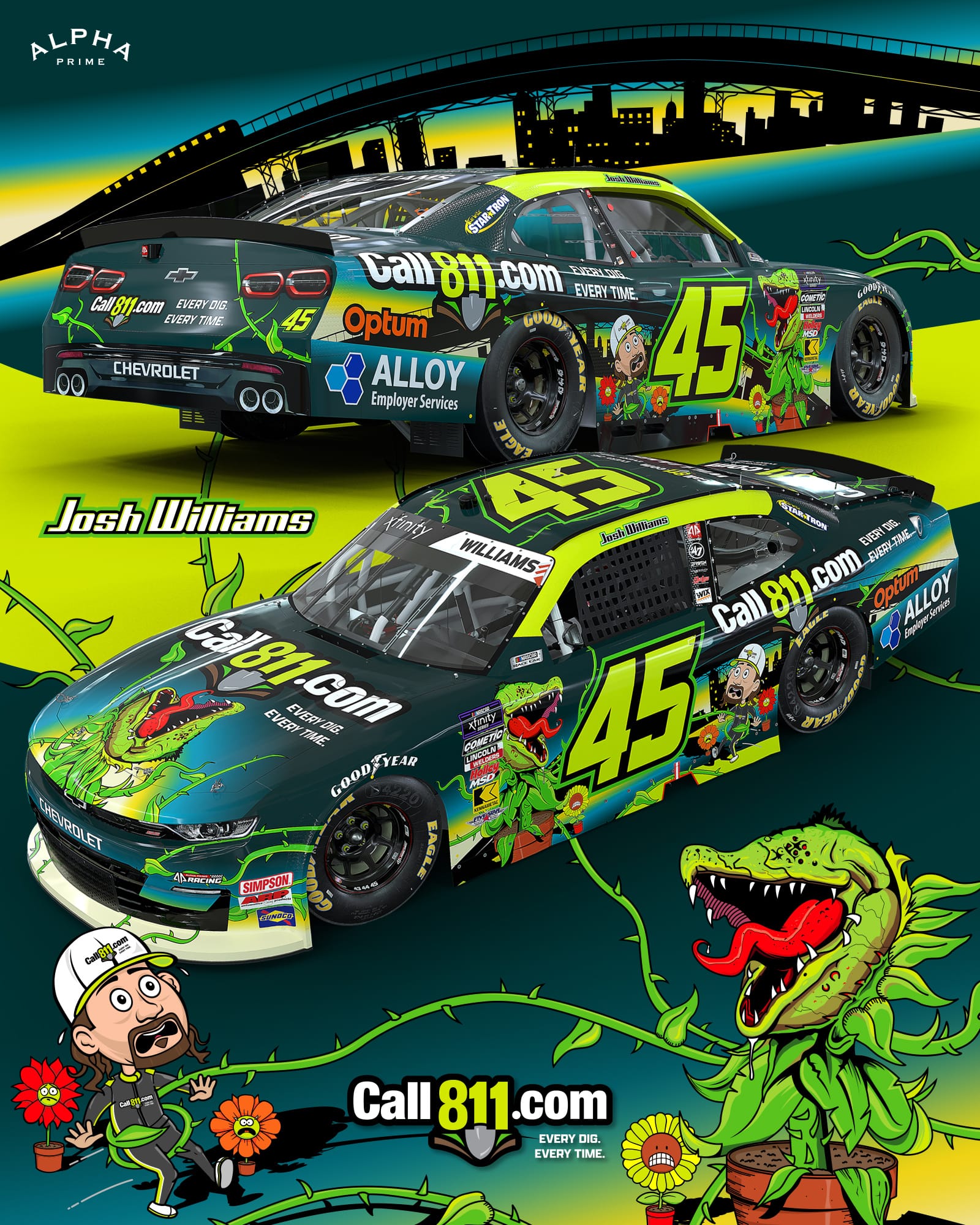

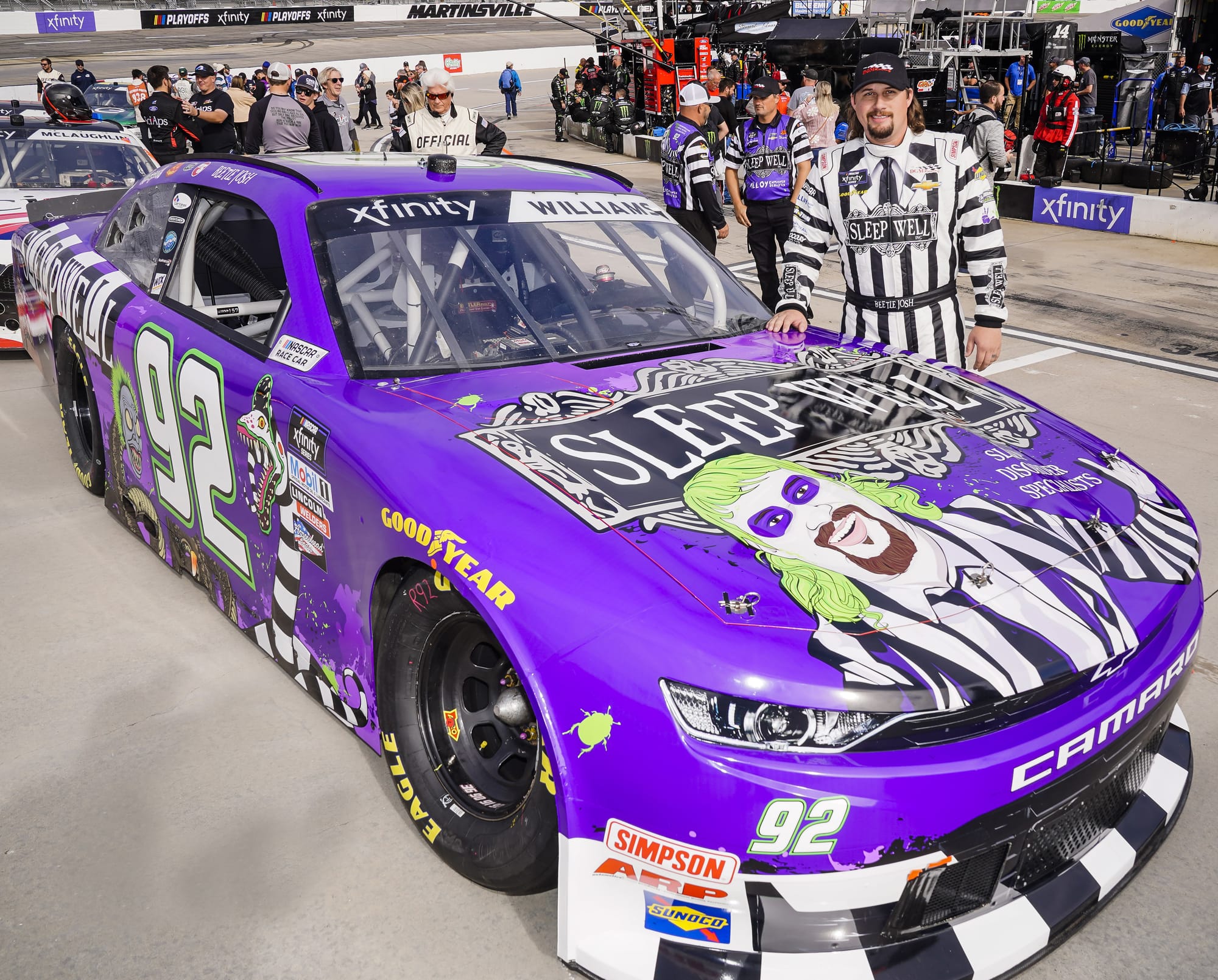
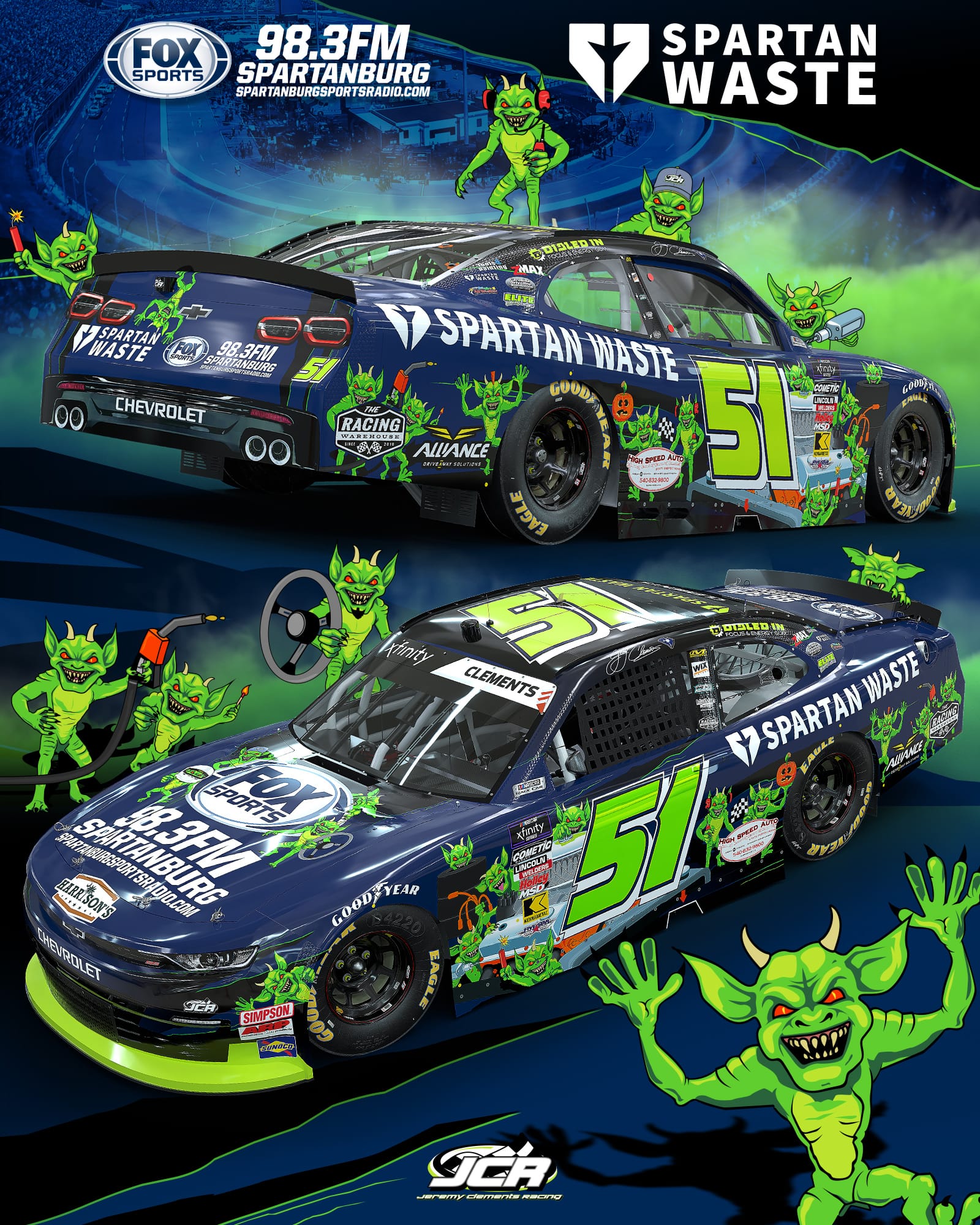
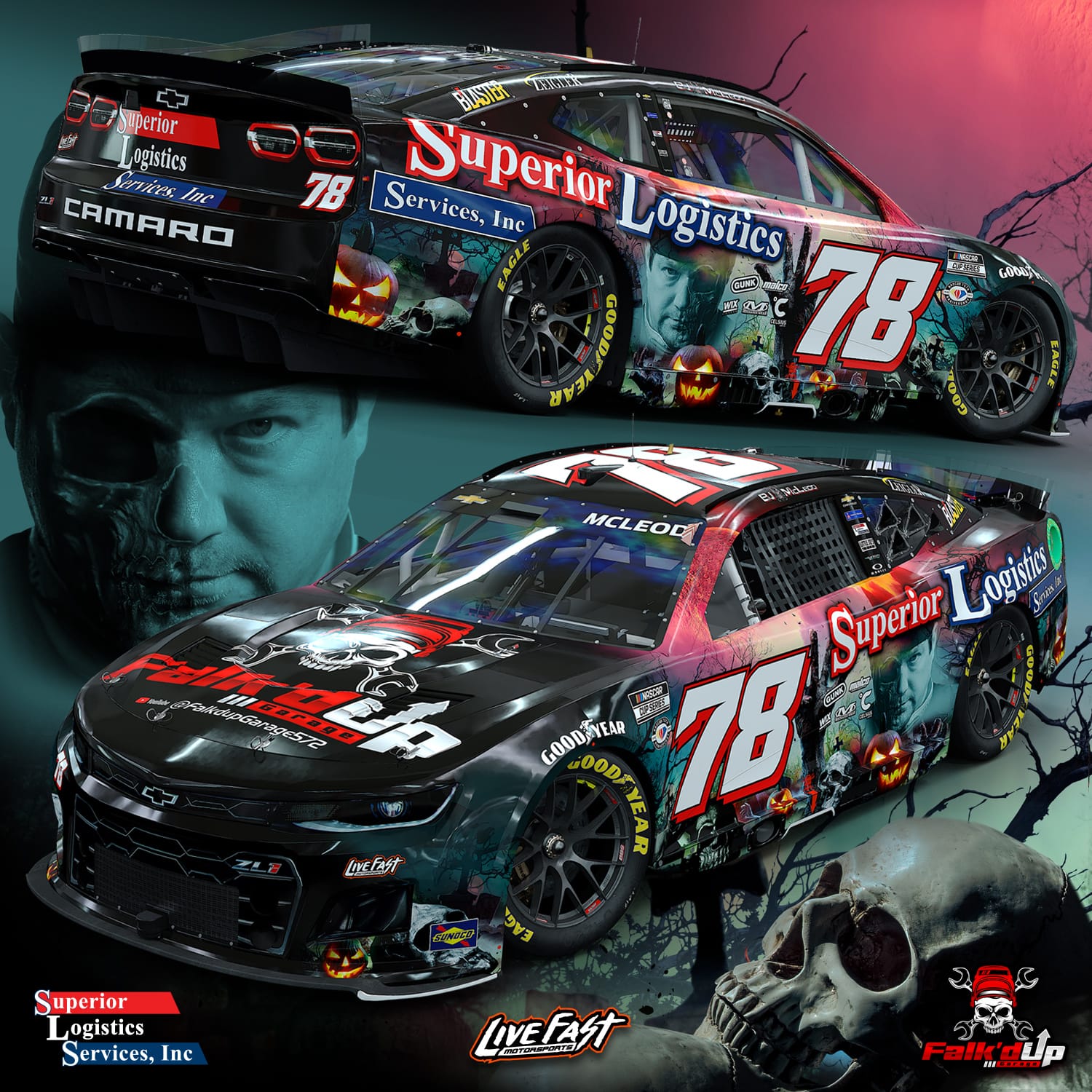
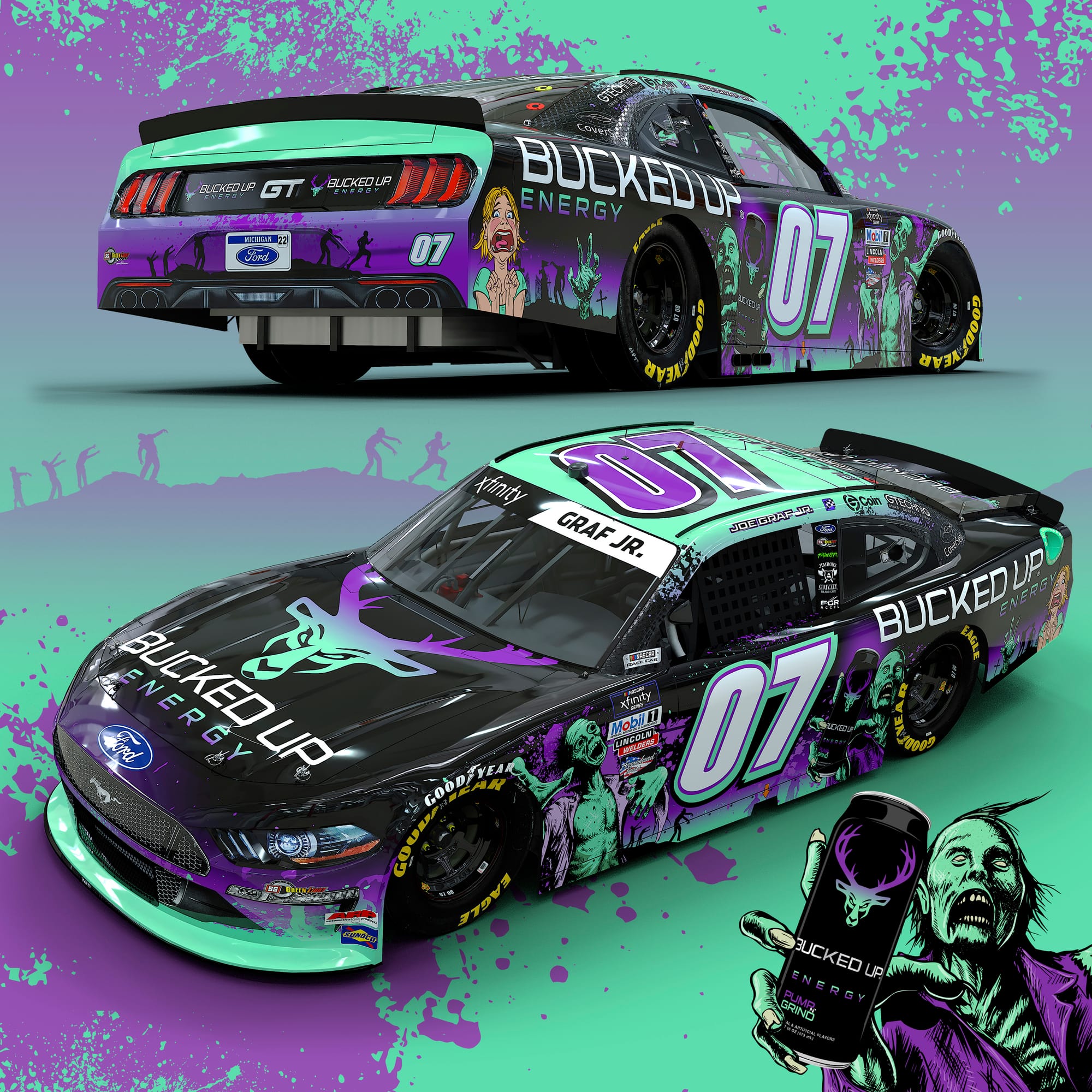
When it comes to the Halloween season, Michael Miceli has become the bar for a spooky design that tells an elaborate story through his own illustrations (Image Credits: Michael Miceli)
8️⃣ From designing team logos, to paint schemes, hero cards and haulers, you’ve pretty much hit every corner of the NASCAR industry. Are there any other goals within the sport you’d like to achieve?
Not really. We’ve about covered it all. Although the smaller teams have been the backbone of our business and I wouldn’t have it any other way, I can also say I’ve designed race cars driven by NASCAR Cup Series champions such as Martin Truex Jr., Kyle Busch, Matt Kenseth, Kevin Harvick, Joey Logano and Bill Elliott.
Someday when it’s time to hang up my computer mouse, I will be doing so quite proudly knowing I’ve created a career for myself for all these years. Not as much a goal but an experience.
I only get to one, maybe two, races a year, but I’ve never witnessed a car or truck I designed win in person in NASCAR’s top-three series. That would be fun. I’ve been present for numerous ARCA client wins, however. My only goal is to simply keep doing what I’ve been doing all these years and continue to have a healthy business.
9️⃣ Share a design tip for people just getting started.
Learn proper usage of Adobe Illustrator and Photoshop.
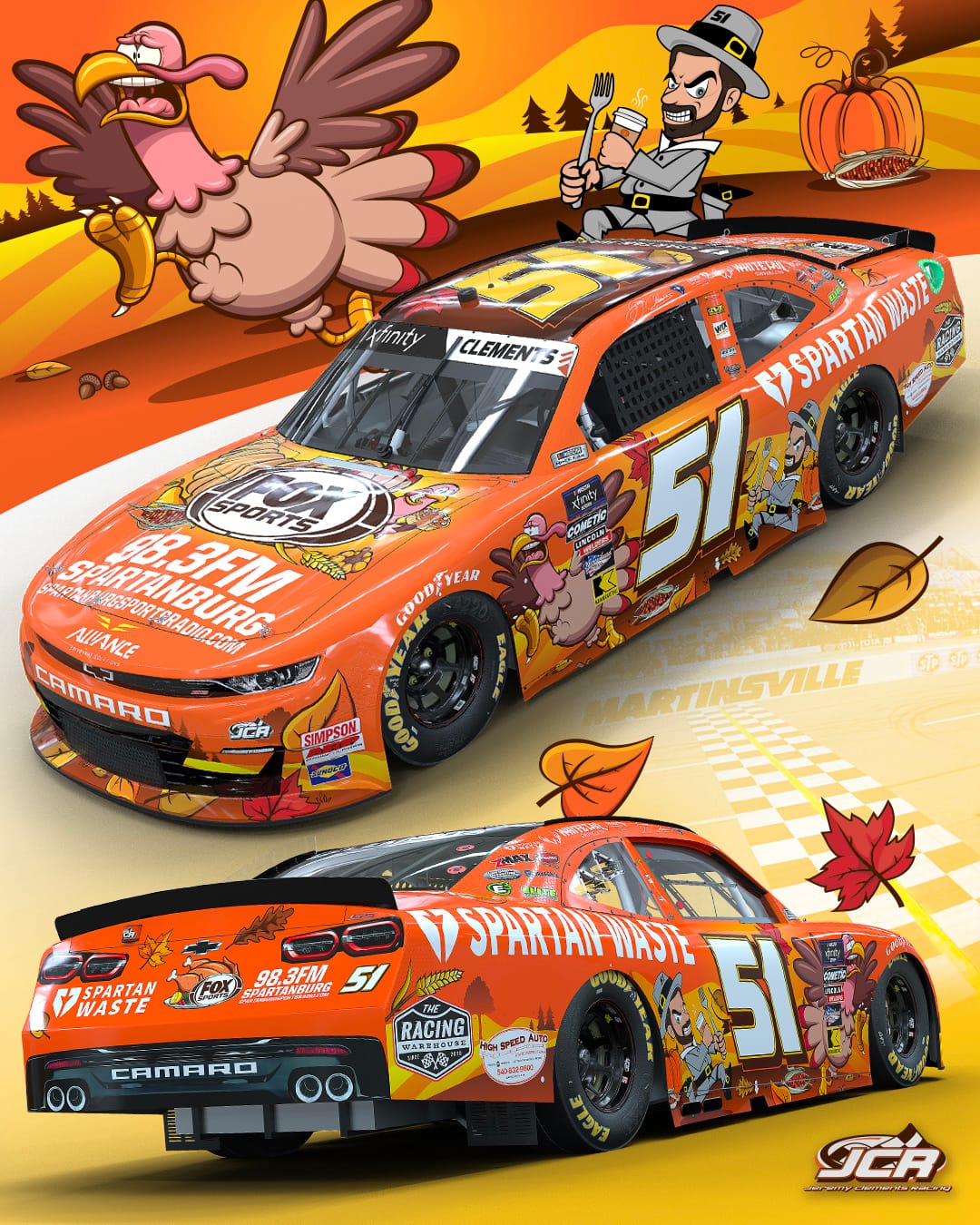
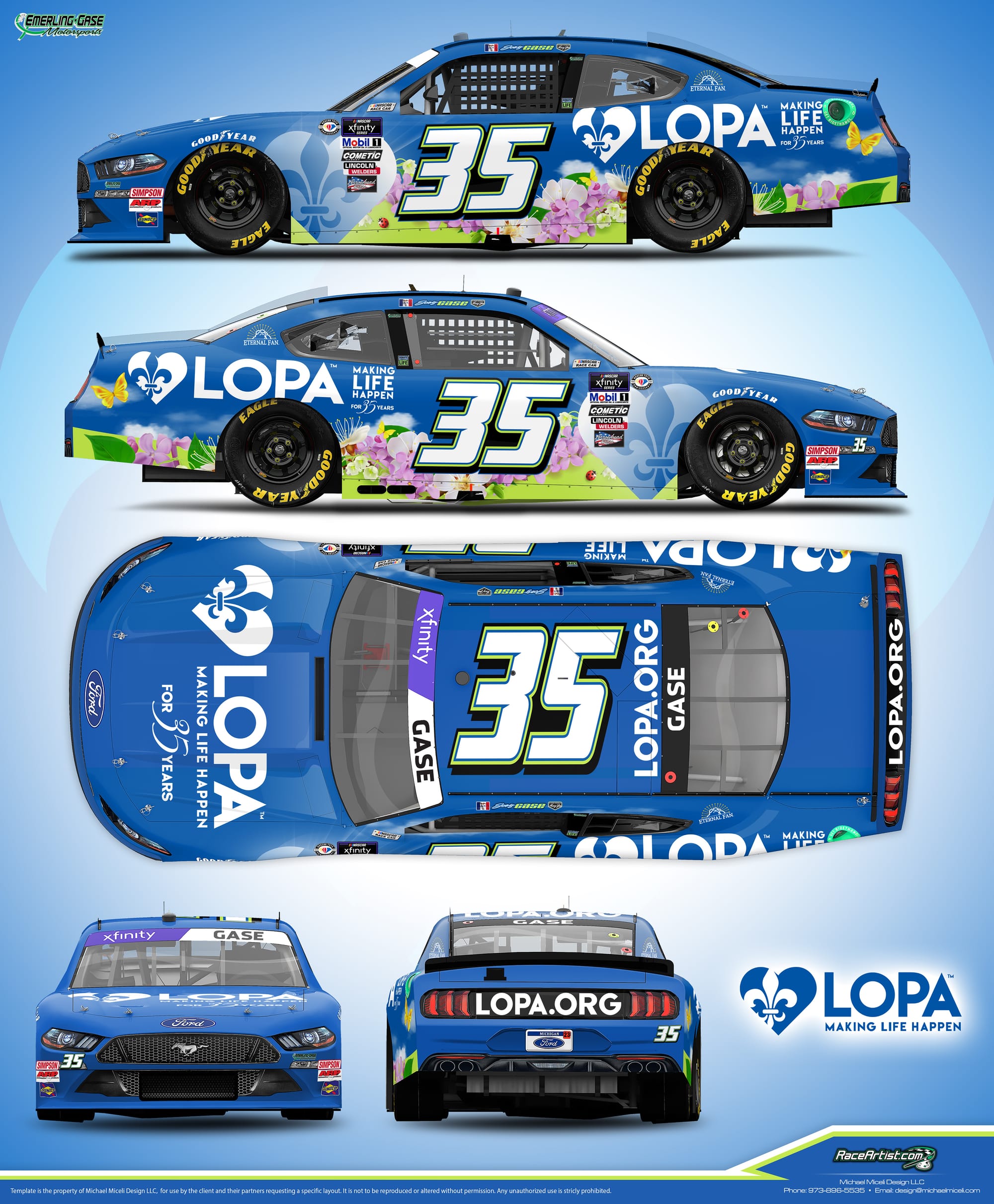
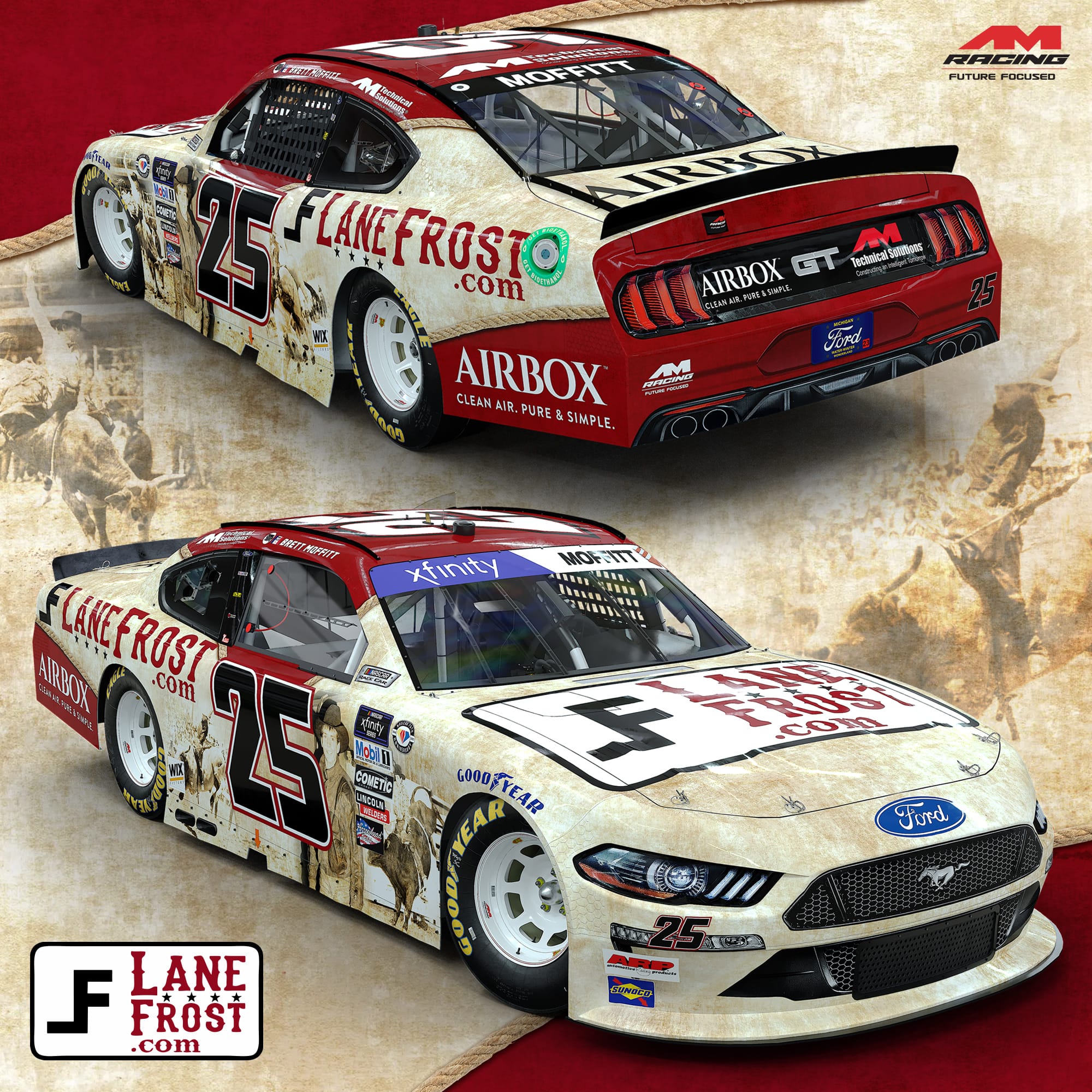
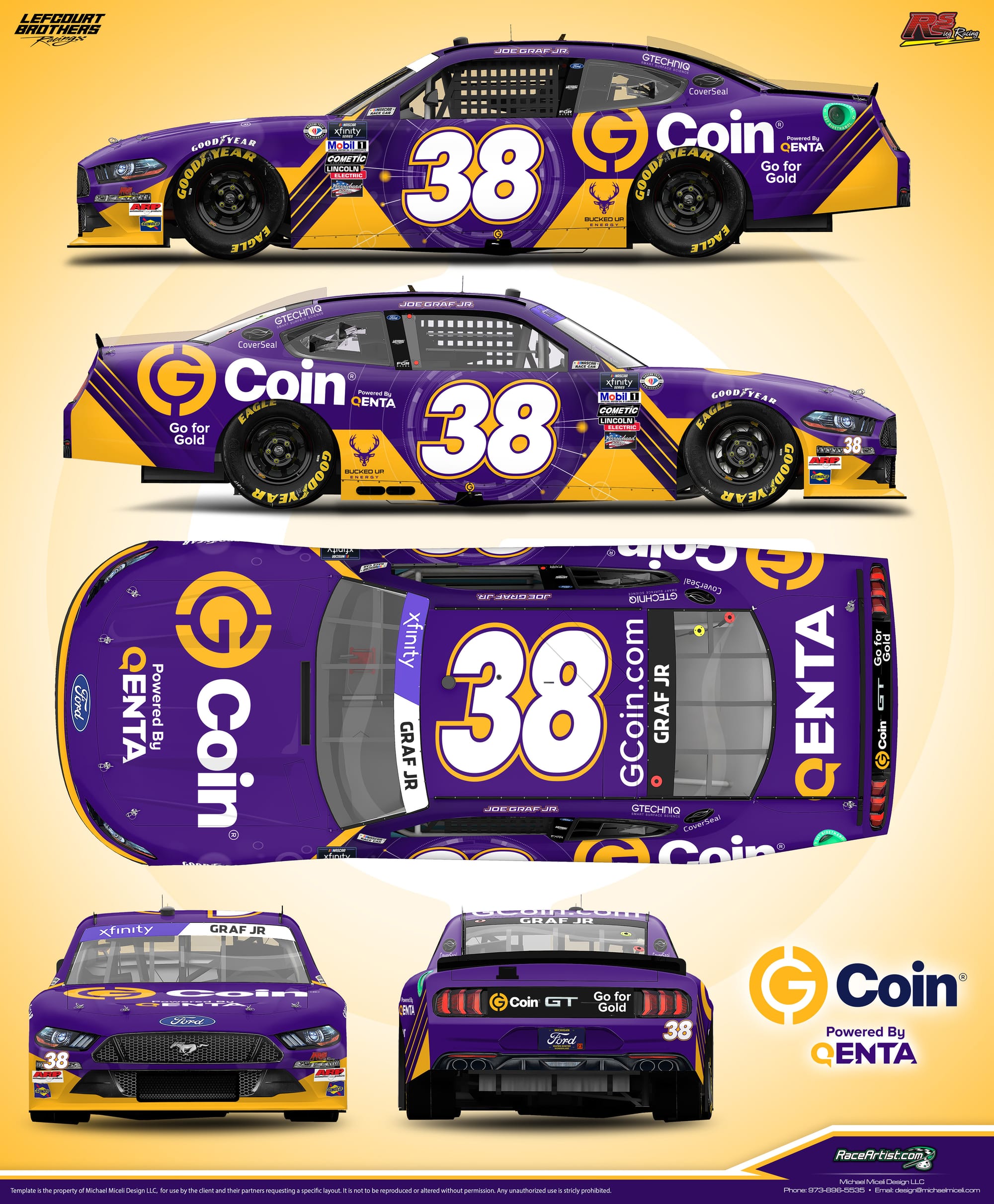
Graphics Credit: Michael Miceli
For more, follow Michael on Instagram or check out the RaceArtist portfolio.


